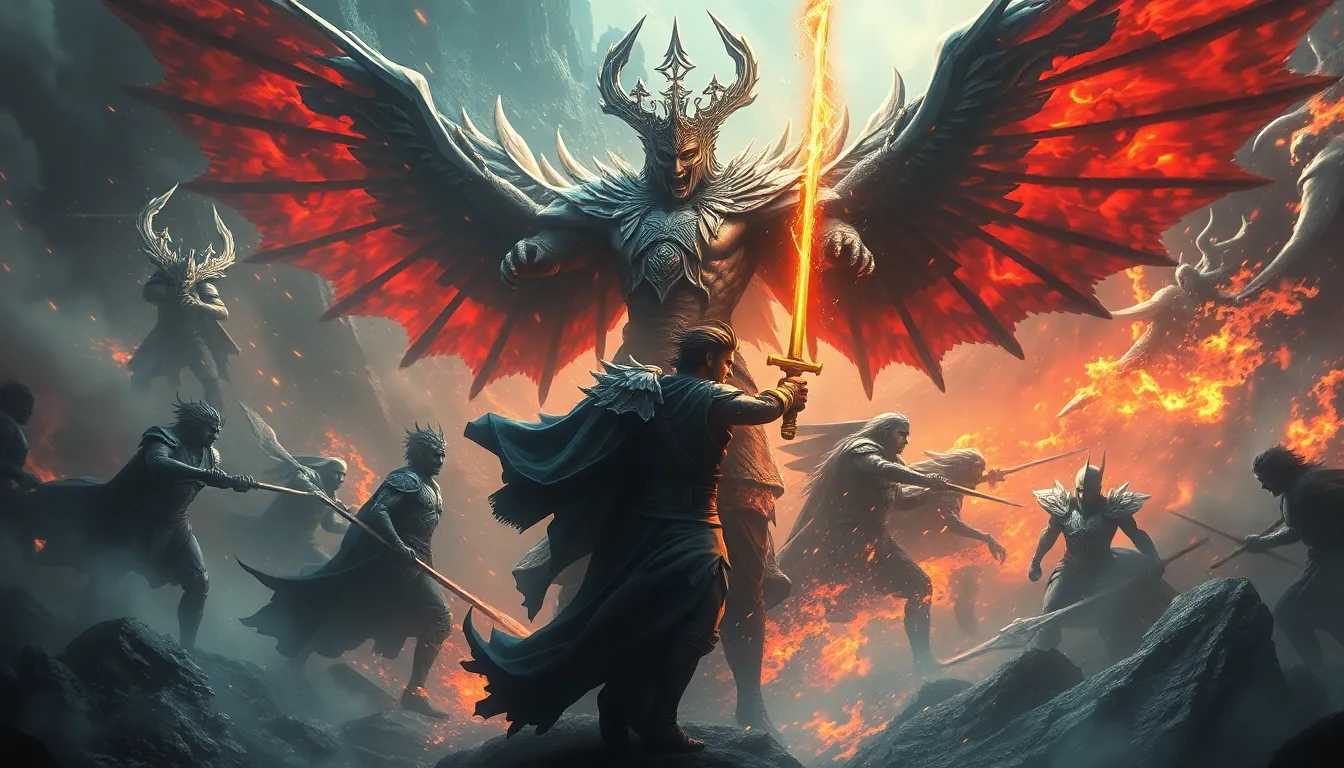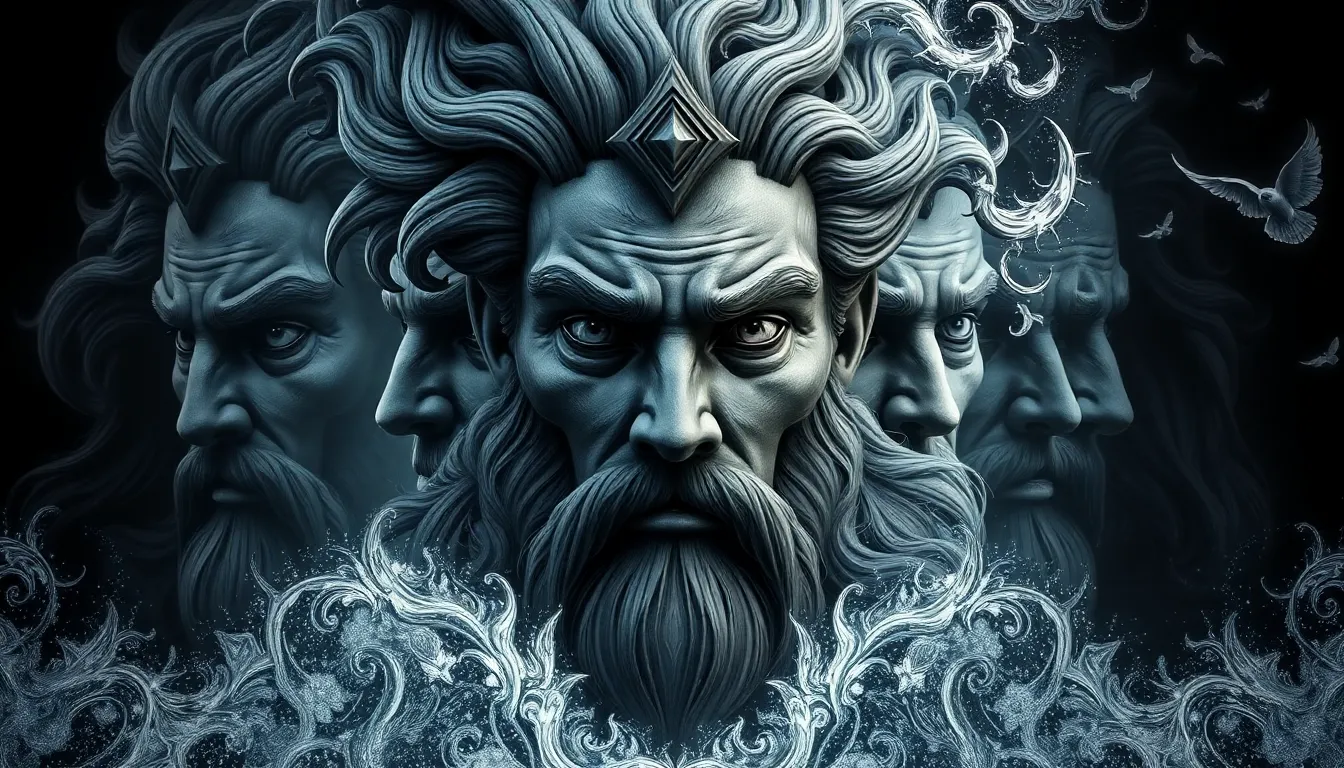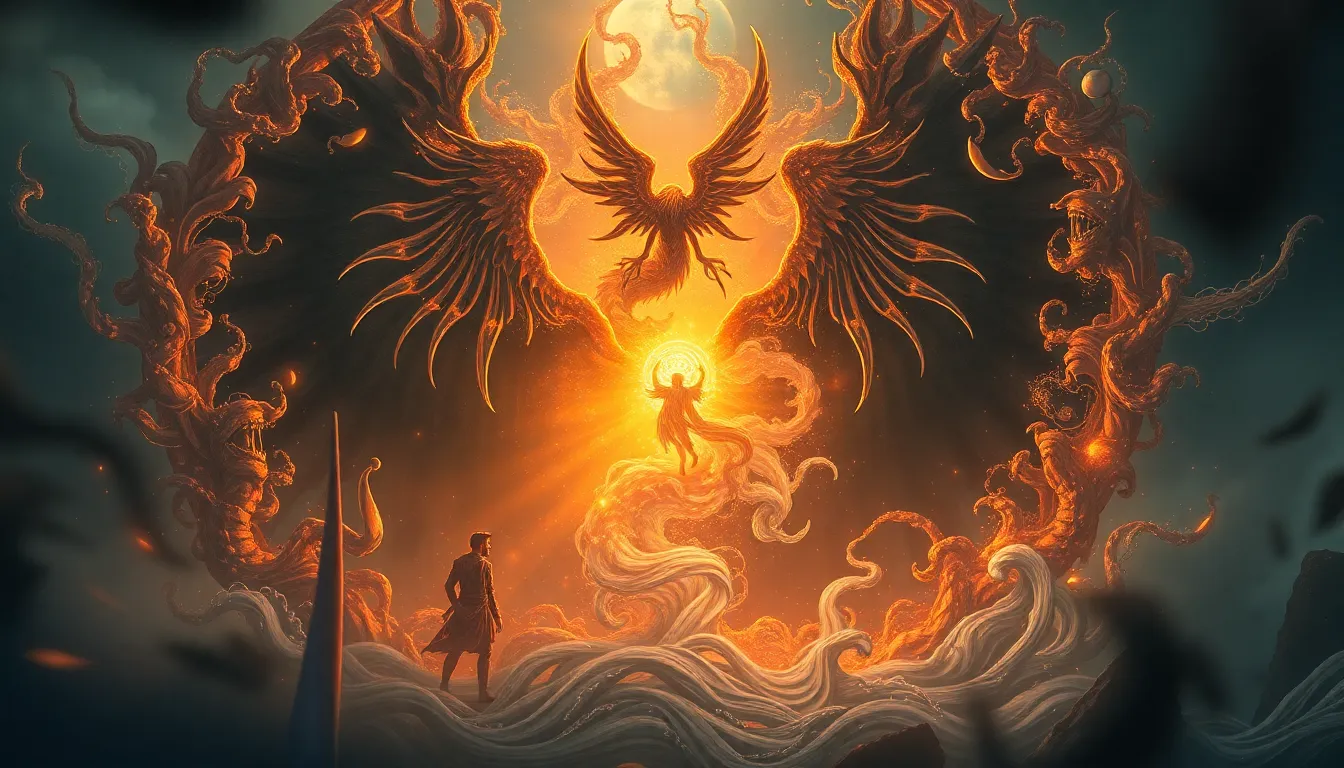Divine Encounters: The Most Legendary Battles You Need to Know!
Introduction to Divine Encounters
Divine encounters refer to significant moments in mythology and religion where gods, demigods, or other celestial beings engage in battles, influencing the fate of humanity and the cosmos. These legendary battles play a pivotal role in cultural narratives, serving as metaphors for human struggles, moral dilemmas, and the quest for power.
This article aims to explore some of the most renowned battles involving divine beings across various mythologies. We will delve into their significance, key figures, and the lessons derived from these epic encounters.
The Role of Divine Beings in Mythical Battles
In various mythologies, gods and demigods are not just omnipotent beings; they often take active roles in battles, influencing outcomes and altering destinies. Their involvement highlights the interplay between divine will and human agency. Here are some key aspects:
- Divine Intervention: The presence of gods can change the tide of battles, as seen in many epic tales.
- Warriors Among Gods: Many deities are depicted as warriors, showcasing their prowess in combat.
- Symbolic Representations: Battles often symbolize larger cosmic struggles, such as chaos vs. order.
Examples of divine beings as warriors include Athena from Greek mythology, who fights alongside the Greeks in the Trojan War, and Vishnu, who incarnates as Krishna to guide Arjuna in the Mahabharata.
The Epic Battle of the Titans: Greek Mythology
The Titanomachy is one of the most significant battles in Greek mythology, marking the struggle between the Titans, led by Cronus, and the Olympian gods, led by Zeus. This epic clash determined the rulers of the cosmos.
Key figures include:
- Zeus: The youngest son of Cronus, who leads the Olympians.
- Cronus: The leader of the Titans, who fears being overthrown by his children.
- Other Titans: Figures like Oceanus, Hyperion, and Rhea played crucial roles.
The consequences of the Titanomachy were profound, leading to the establishment of the Olympian gods’ reign and the creation of a new cosmic order, symbolizing the victory of light over darkness.
Ragnarok: The Norse End Times Battle
Ragnarok is depicted as the catastrophic battle that signifies the end of the world in Norse mythology. This prophetic event involves the death of several major deities and the rebirth of the world.
Major deities involved include:
- Odin: The Allfather, who meets his fate at the jaws of Fenrir.
- Thor: The thunder god, who battles the serpent Jörmungandr.
- Loki: The trickster god, whose betrayal leads to chaos.
- Fenrir: The monstrous wolf who plays a central role in the destruction.
The impact of Ragnarok on Norse culture and beliefs is immense, serving as a reminder of the cyclical nature of life and death, reinforcing themes of heroism, sacrifice, and the inevitability of fate.
The Mahabharata: A Clash of Divine Forces
The Mahabharata, one of the longest epic poems in the world, narrates the story of the Kurukshetra War, a monumental battle between the Pandavas and the Kauravas. This conflict is imbued with divine implications, as gods and demigods take sides in the war.
Key roles include:
- Krishna: The divine charioteer and guide of Arjuna, who embodies the moral dilemmas of war.
- Arjuna: A skilled warrior whose inner conflict embodies the struggle between duty and righteousness.
- Other divine figures: Deities like Indra and Agni play supportive roles in the battle.
The themes of dharma (duty) and morality are central to the narrative, prompting reflections on the ethical dimensions of warfare and the responsibilities of leaders and warriors.
The Battle of Kurukshetra: Gods on the Battlefield
During the Kurukshetra War, divine strategies and interventions significantly impact the outcome of battles. Krishna’s guidance to Arjuna during moments of doubt serves as a profound exploration of inner conflict and moral choice.
The significance of Arjuna’s inner conflict lies in:
- Duty vs. Desire: Arjuna’s reluctance to fight against his kin reflects the struggle between personal emotions and societal responsibilities.
- Krishna’s Teachings: The Bhagavad Gita, a philosophical dialogue, emerges from this conflict, offering timeless lessons on duty, righteousness, and devotion.
The lessons learned from the battle’s outcome emphasize the importance of adhering to one’s duty, even in the face of overwhelming personal grief and moral ambiguity.
The Epic of Gilgamesh: Encountering Divine Challenges
The Epic of Gilgamesh recounts the adventures of Gilgamesh, a semi-divine king of Uruk, and his encounters with various divine beings and challenges. His journey is marked by battles against gods and monsters, illustrating the quest for immortality.
Key elements include:
- Enkidu: A wild man created by the gods to challenge Gilgamesh, symbolizes the balance between civilization and nature.
- Friendship: The bond between Gilgamesh and Enkidu emphasizes the importance of companionship in overcoming challenges.
- Quest for Immortality: Gilgamesh’s search for eternal life culminates in realizations about mortality and the divine.
The epic teaches that while divine challenges are formidable, the human experience and relationships hold profound significance.
Divine Warfare in Ancient Egypt: The Battle of Set and Horus
The conflict between Set and Horus for the throne of Egypt is a cornerstone of Egyptian mythology, symbolizing the struggle between chaos (Set) and order (Horus). This battle is rich in symbolism and significance for the Egyptian people.
Key aspects include:
- Set: The god of chaos, storms, and the desert, who represents disorder.
- Horus: The falcon-headed god of the sky, who embodies kingship and order.
- Symbolism: The battle represents the eternal struggle between good and evil, stability and chaos.
The impact of this battle on Egyptian mythology and governance established a framework for the pharaoh’s divine right to rule, reinforcing the belief in a cosmic order maintained through the balance of power.
Modern Interpretations of Divine Battles in Literature and Media
The influence of ancient battles on contemporary storytelling is profound. Modern literature, films, and video games continue to draw inspiration from these legendary encounters, reinterpreting them for new audiences.
Examples include:
- Literature: Novels like “American Gods” by Neil Gaiman explore the relevance of ancient deities in modern society.
- Film: Movies such as “Clash of the Titans” bring Greek myths to life, showcasing divine conflicts.
- Video Games: Games like “God of War” incorporate mythological battles, allowing players to engage with divine narratives.
The ongoing relevance of divine encounters in popular culture highlights humanity’s enduring fascination with the struggles between gods and mortals, reflecting our own challenges and aspirations.
Conclusion: The Legacy of Legendary Battles
The exploration of legendary battles involving divine beings reveals much about human nature, morality, and the quest for meaning. These stories serve as allegories for our struggles, illustrating themes of duty, sacrifice, and the eternal battle between chaos and order.
As we reflect on these divine encounters, we recognize their lasting impact on culture, literature, and our understanding of the human experience. Whether through ancient texts or modern interpretations, these battles continue to resonate, reminding us of the complexities of life and the divine forces that shape our destinies.




